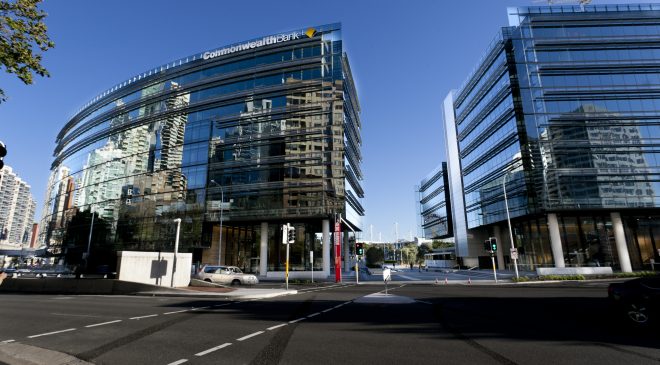The report assessed businesses against seven key dimensions
One in 10 Australian financial services providers have already reached net zero emissions from their own operations, compared to one in 20 businesses across all Australian industries.
This is the key finding in a new report into sustainability progress from Microsoft ANZ and a research team led by Dr Chris Brauer, Director of Innovation at Goldsmiths, University of London.
Microsoft ANZ’s Accelerating the journey to net zero: Financial services report shows that banks, mortgage brokers and other financial services providers are more likely to be achieving net zero than their counterparts in any other industry.
Top marks for sustainability
Microsoft ANZ’s report assessed businesses against seven key dimensions of sustainability, including decarbonisation, supply chain sustainability and technological innovation. It found that financial services providers are 14 per cent more likely than organisations across industries to achieve top marks for their performance in every dimension.
According to the report, 10 per cent of the banks and financial institutions surveyed are already carbon neutral, compared to only 5 per cent of organisations in other industries.
Further, financial services organisations are 11 per cent more likely to invest in technology that enables them to measure carbon emissions across their businesses. They’re also 13 per cent more likely to have the in-house skills and expertise they need to put their sustainability strategies into practice.
In general, their employees feel more confident about their employers’ green credentials too, with 86 per cent of financial services staff confident their employer will achieve net zero emissions by 2050.
Bumps on the road to net zero
Microsoft ANZ’s research indicates that financial services is a leader among Australian industries when it comes to sustainability. Australian organisations also compare relatively well to their counterparts in the UK, for instance, where only 5 per cent of financial services firms have reached net zero in their own operations and 31 per cent are investing in R&D and new technologies to improve sustainability (compared to 60 per cent in Australia).
But the bar is generally low, and news for the industry isn’t all good. Soberingly, the report also reveals that 28 per cent of businesses in the Australian financial services industry are poised to miss the net zero targets they have set for 2050.
The research shows this is due to several factors, the most surprising of which is a lack of funding. Of the financial services decision-makers surveyed, 28 per cent say their businesses do not have access to the funding they need to implement their sustainability strategies, while a further 31 per cent say that finding green skills is another key challenge.
Topping the list, however, is the lack of a clear, enterprise-wide strategy for decarbonisation and sustainability more broadly, with 39 per cent of decision-makers saying this is a key obstacle.
Thirty-seven per cent also say their organisations lack access to technology such as carbon-capping software and emissions visualisations dashboards, without which they struggle to operationalise their net zero strategies and measure progress.
Next steps for net zero
As well as providing a comprehensive overview of the industry’s sustainability progress, Microsoft ANZ’s report offers a seven-step blueprint to help financial services providers achieve their net zero goals.
The blueprint, which include strategies for building more sustainable supply chains and business infrastructure, as well as upskilling staff, is based on survey findings, insights from the organisations leading on sustainability and in-depth interviews with sustainability experts.





